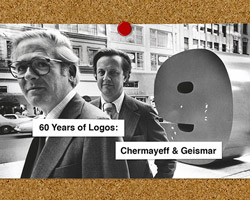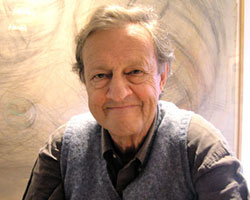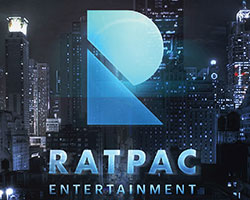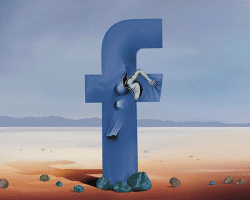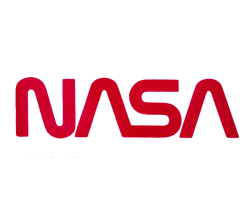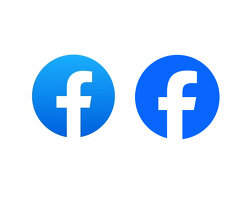KEEP UP WITH OUR DAILY AND WEEKLY NEWSLETTERS
happening this week! holcim, global leader in innovative and sustainable building solutions, enables greener cities, smarter infrastructure and improving living standards around the world.
PRODUCT LIBRARY
by upcycling mass-produced furniture, YET architecture and BDM architects blurs the lines between standardization and personalization.
yamaha design laboratory's concept project upcycles rare woods originally intended for marimba tone bars and pianos.
find out more about this year's maison&objet, as well as the must-see exhibitions, and cultural events in the run-up to paris design week 2024.
connections: 9
discover the magic behind ressence’s TYPE 3 BB2 watch - a mechanical marvel that looks like it is powered by LEDs but is purely crafted with hundreds of intricate pieces.
connections: +390

 the symbol for chase, originally designed for the merger of chase national bank and the bank of the manhattan company, has survived over four decades of mergers and acquisitions. 1961
the symbol for chase, originally designed for the merger of chase national bank and the bank of the manhattan company, has survived over four decades of mergers and acquisitions. 1961 sketches from design of the chase logo. 1960
sketches from design of the chase logo. 1960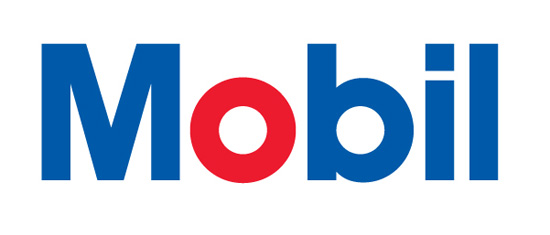 the mobil logo features a red ‘o’ to give it distinction and to continue their historic use of color. 1964
the mobil logo features a red ‘o’ to give it distinction and to continue their historic use of color. 1964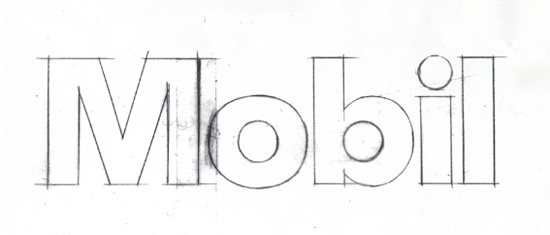 early sketch for mobil logo. 1964
early sketch for mobil logo. 1964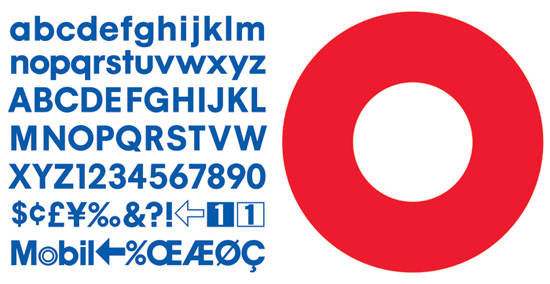
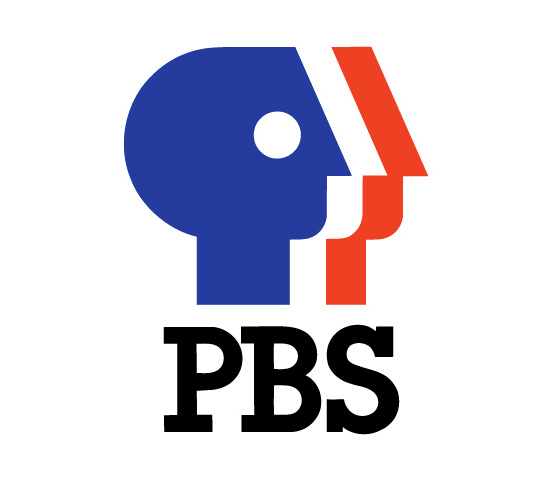 logo for PBS depicts the idea of ‘everyman’ for public television. 1984
logo for PBS depicts the idea of ‘everyman’ for public television. 1984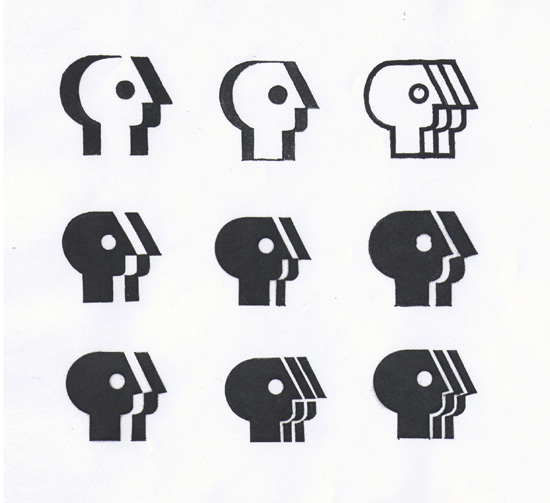 alternate study sketches for PBS logo. 1984
alternate study sketches for PBS logo. 1984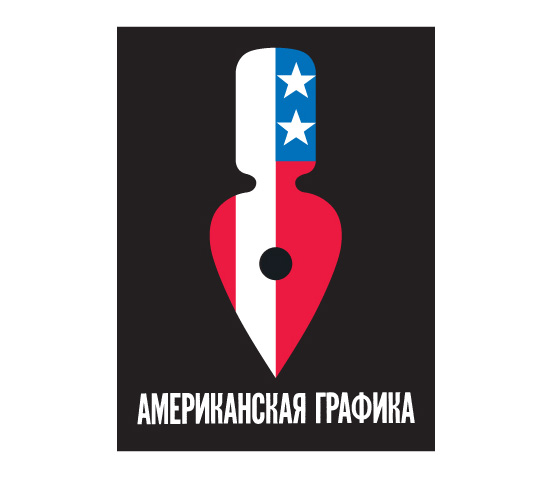 poster for graphic arts USA, an exhibit of american graphics that toured the soviet union. 1963
poster for graphic arts USA, an exhibit of american graphics that toured the soviet union. 1963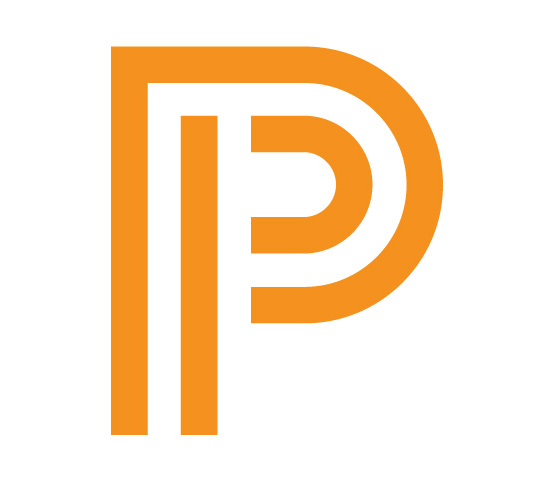 symbol for princeton university press. 2008
symbol for princeton university press. 2008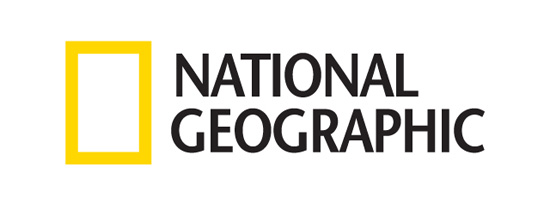 logo for national geographic and its various media outlets. 2001
logo for national geographic and its various media outlets. 2001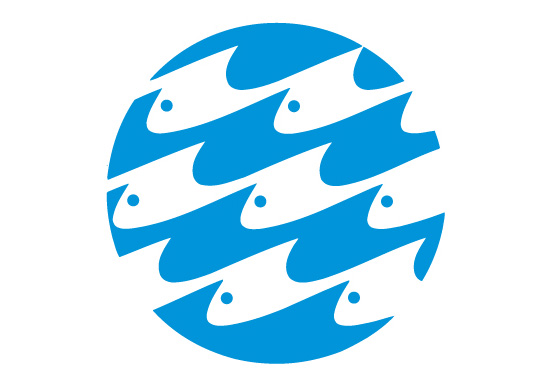 logo for the national aquarium in baltimore reflects the dual themes of fish and water. 1980
logo for the national aquarium in baltimore reflects the dual themes of fish and water. 1980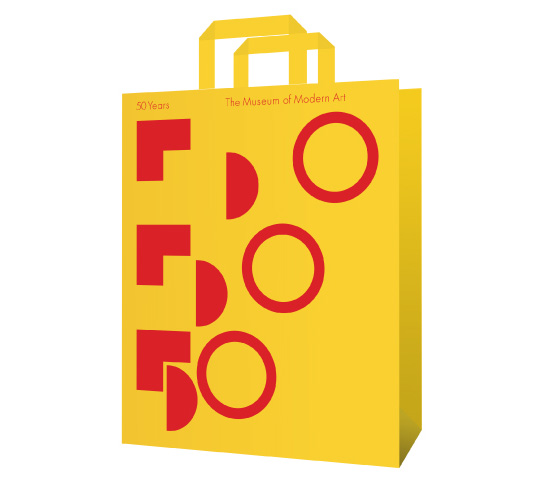
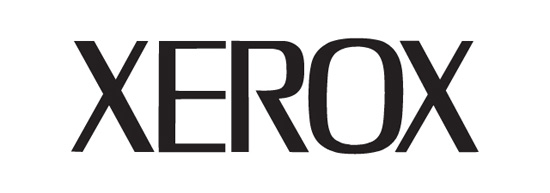 logo for xerox emphasizes the unique name. 1967
logo for xerox emphasizes the unique name. 1967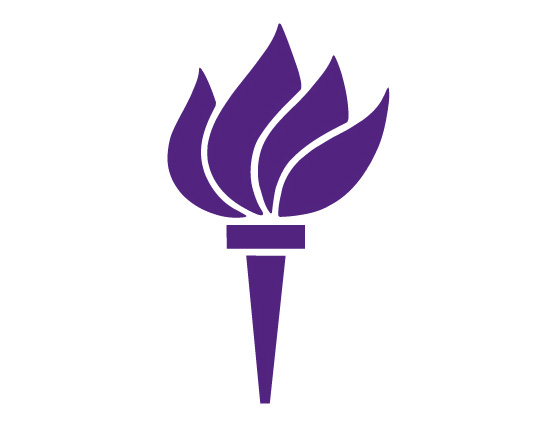 torch symbol for new york university, an update of their traditional torch runner. 1972
torch symbol for new york university, an update of their traditional torch runner. 1972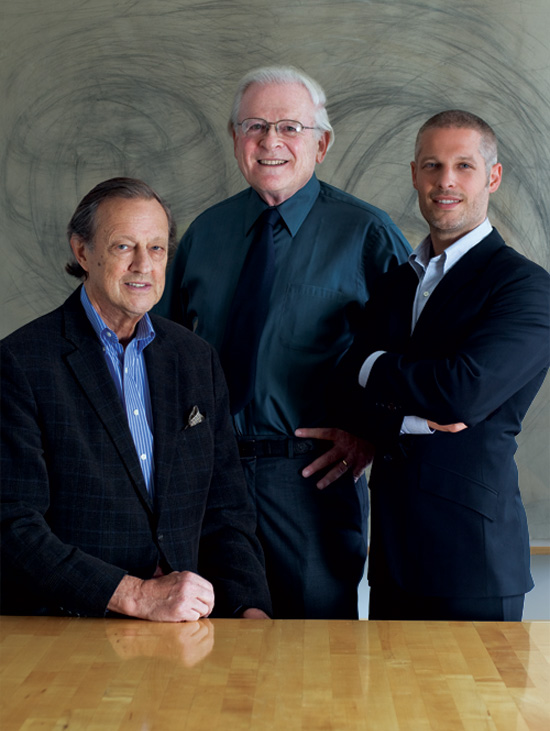 left to right: ivan chermayeff, tom geismar, sagi haviv
left to right: ivan chermayeff, tom geismar, sagi haviv

